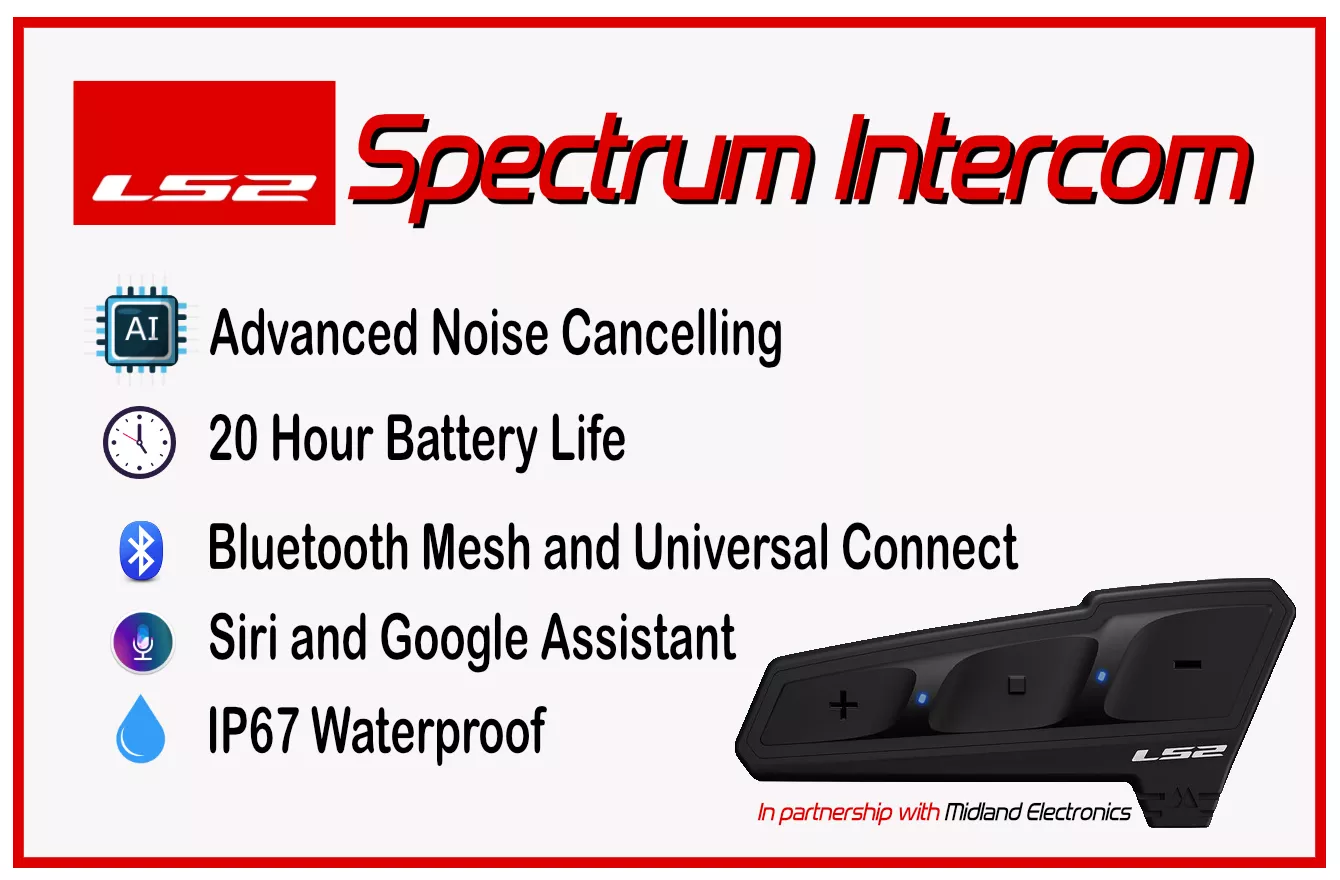Three times this week, I’ve been asked what battery charger I use over winter. The answer is OptiMate, but the question is wrong. A battery charger isn’t what is needed.
Having then discovered that I wrote our original OptiMate article over three years ago, it is time to take another look at battery maintenance, especially as the damp, dark and soggy months are once again looming.
Why Bother?
Modern motorcycle batteries are so reliable that surely I can take them for granted. Turn the key, press the button, and the bike springs into life. So I can ignore my motorcycle battery – right?
Well, that is one way of doing it. Alternatively, even though battery technology has advanced significantly, using an OptiMate for some TLC in winter keeps your battery healthy, extends its life, and maintains its performance.
Chemical Romance
 Batteries of all different types rely on a chemical reaction to generate electricity, which is why they eventually ‘run out of juice’ and need to be recharged.
Batteries of all different types rely on a chemical reaction to generate electricity, which is why they eventually ‘run out of juice’ and need to be recharged.
In Winter, as temperatures drop, the chemical reaction inside the battery slows, reducing its capacity and its ability to accept a charge.
As a result, even a disconnected motorcycle battery will gradually fade if left alone during the chilly months.
If you are riding through winter, your battery has additional work to do. Not only are lower temperatures affecting battery efficiency, but we also ask more of the motorcycle’s electrical system, as accessories like auxiliary lighting, heated grips, and KEIS heated clothing reduce the power available to charge the battery.
Three Phases
Excusing the bad electrical pun …
Phase 1 – It is the battery’s job to supply electrical power when the engine is off (e.g., starting the bike, powering lights or accessories before ignition). It also acts as a buffer for voltage fluctuations when the engine is running.
Phase 2 – Once the engine is running, the alternator (or stator) generates electricity. This powers the bike’s electrical systems and recharges the battery. The regulator/rectifier ensures the voltage stays within safe limits (usually around 13.5–14.5V for most motorcycles).
Phase 3 – When you start the bike, the battery loses some charge. As the engine runs, the charging system replenishes the energy lost and keeps the battery topped up.
If the battery is in poor health, then it holds less charge. Once running, the demands of the lights, heated grips, KEIS clothing, etc., reduce the power available to recharge a poor-condition battery.
OptiMate
Whether you are riding in winter or putting your motorcycle away for a few months, you need a battery charger-maintainer, not a standard battery charger.
Charger-maintainers differ from standard battery chargers and trickle chargers by monitoring the battery’s condition, exercising it to maintain its performance, and adding charge as needed.
OptiMate is perhaps the best-known manufacturer of motorcycle battery charger-maintainers, and the easy choice when buying one.
But, I’m also bone-arse-idle and want a battery maintainer that does everything for me. Connect and forget is what I want.
OptiMate charger-maintainers run a unique automatic maintenance programme that connects and disconnects from the motorcycle battery in a regular cycle, constantly monitoring and replacing only the charge lost.
A standard battery charger will keep shovelling in the amps as long as it is connected, potentially doing more harm than good.
Overcharging or cooking the battery leads to: Excess heat, which accelerates plate corrosion; Electrolyte loss through evaporation, leaving acid concentrate; and swelling or warping of the plates, reducing the battery’s ability to hold a charge.
Getting Connected
 So, after every ride, I need to remove the seat and connect the battery to my OptiMate – right? Not a chance. Remember, I’m bone-idle.
So, after every ride, I need to remove the seat and connect the battery to my OptiMate – right? Not a chance. Remember, I’m bone-idle.
In the box with my OptiMate was a selection of battery leads. The one I find the most useful is the SAE71, which connects to the battery with the normal washer-style tabs. On the other end is the fancy SAE71 connector that KEIS also include with their heated vests and jackets.
Disconnect the OptiMate, plug in my heated jacket and ride away with a healthy battery and a warm glow. Perfect.
Which OptiMate?
If you search OptiMate on the SportsBikeShop website, you will be given an eye-watering number of options to choose from.
Accepting that I’m not an automotive electrical engineer or a battery designer, here is the fast and simple guide to which OptiMate to get:
- If you have a relatively new bike and just want to charge and maintain the battery, the OptiMate 1 Duo works with both lead-acid and lithium batteries and is all you need.
- For riders looking to maintain or recover older batteries, or who ride a CanBUS BMW or Triumph Tiger, the Optimate 4 Quad CanBUS. It works with AGM, GEL, STD, and Lithium batteries from 4-60Ah (lead acid) & 2-15Ah (lithium).
- If you want to maintain the larger starter batteries on other vehicles in addition to your bike (such as a car, campervan, or motorhome), then the OptiMate 6 is the unit to consider. There are two models, one for lead-acid and another for Lithium batteries.
Battery Types
Not all batteries are the same, and the OptiMate 4 Quad is an excellent one-stop solution for this problem, but it is still worth double-checking that you have the right OptiMate for your battery before you buy.
The latest Lithium (L-ion) batteries require their internal Battery Management System (BMS) to be reset with a low-voltage cut-out before charging can begin, and the Optimate 4 does this.
After that, Lithium batteries require a controlled, low-current charge until they approach full charge.
Then there is dealing with CanBUS systems. BMW is a good example of where OptiMate’s technology is needed. BMW leave very little clearance above the battery terminals and slides the battery into a compartment, making it hard to fit the battery leads.
Using the 12V socket to connect to and maintain the battery is a simple alternative, but the CanBUS system often isolates the 12V socket on a BMW when the ignition is off.
The OptiMate 4 gets around this restriction by signalling the CanBUS system to open the 12V socket so it can perform its charging and maintenance cycles.
Easy Maths
However, putting aside all the very clever technology, investing in a sophisticated smart charger/maintainer is cheaper than replacing a battery. A new battery is easily twice the price of even the cleverest OptiMate.
And, most importantly, when I press the start button on a crisp sunny morning in March, the bike is going to spring into life.
Which reminds me … I must buy some fuel stabiliser. Winter is coming.





















